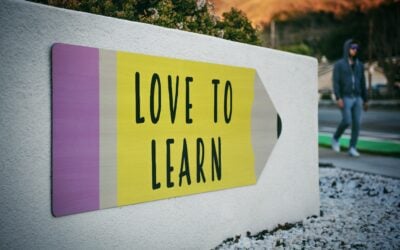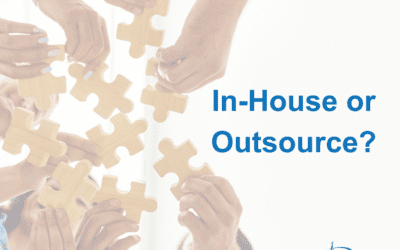By now, publishers know making personalized learning events is more than just digitizing current instructional content. When students drive their learning, they thrive. Likewise, when teachers facilitate student choice by using curated content, schools win. Providers should be aware of the following five examples.
1. Literary resources.
Blogs, eBooks, and audiobooks help students learn. Students connect in discussion forums. These distinct media types let learners interact with items of their choice. Students can choose from a variety of media. Publishers would be wise to build their online library collection. In this way, providers will bring in many texts on similar subjects. Publishers can invest in text-to-speech technologies. These tools allow for a wide range of student access to content. Also, publishers would be wise to create texts for each of the three main learning styles.
2. Web tools.
A student’s learning style drives their choice of content. For example, visual learners like text. Auditory learners enjoy podcasts. Kinesthetic learners thrive on a project. Likewise, how a student gets information is a great way for them to share what they have learned. Podcasts, wikis, and media editors let students show off their knowledge. These tools develop 21st-century skills. Web tools let students experience an authentic audience. Besides that, students expect instant feedback.
3. Digital informational resources.
These tools consist of encyclopedia sites, podcasts, expert websites, and blogs and other media which let students interact with the subject. Students find instant answers to their questions. Besides that, at no other time have learners had access to these resources. Many of these resources were formally unavailable to both students and editors. Publishers may now benefit from these diverse resources. At-risk, gifted, English learners, and special needs students can choose distinct resources for a project. This varied group of students can work together to finish a class project.
4. Social networking sites.
These sites shine at connecting students and teachers who may not have met without it. These sites are often rejected by institutions. Besides that, these sites are overlooked by educators. Yet, these sites make it easy to connect learners both in the same classroom and across the globe. For instance, special needs students can connect with a network of special need students. Networking sites are important to gifted students, too. Networking sites can ease the sense of isolation many of these students feel. Students are able to build relationships with peers and experts. Networking sites are growing the classroom outside the walls of the school building.
5. Learning Management Systems.
Likewise, content creators need to understand how teachers use the LMS to manage instruction. The LMS connects the teacher with students and parents. The system unites teachers. Many teachers can see a student’s progress. The LMS gives teachers real time data. Teachers can use this data to guide a student’s learning path. The learning management system lets educators:
- Assist struggling students;
- Challenge gifted students;
- Identify and fill learning gaps in at-risk students;
- Customize learning experiences for a wide range of students.
Besides that, teachers use the LMS to support students as they make choices in their learning path. Smart publishers offer a variety of content types. Organized content lets teachers pick and assign topics unique to the student. For example, a student may be asked to create a survey. A special needs student may be assigned to create a wiki. Teachers use the data to determine how to best meet the student’s needs. Educators also use the LMS to ensure common core standards are met.
In sum, publishers need to keep in mind the different levels of instruction needed and how teachers are using technology. Students will pick and choose the content that sparks their interests. Teachers will pick and assign content to fill learning gaps in a variety of students. By offering curated content that lets teachers guide students on personal learning paths, publishers will easily be able to differentiate their curricula from their competitors.




